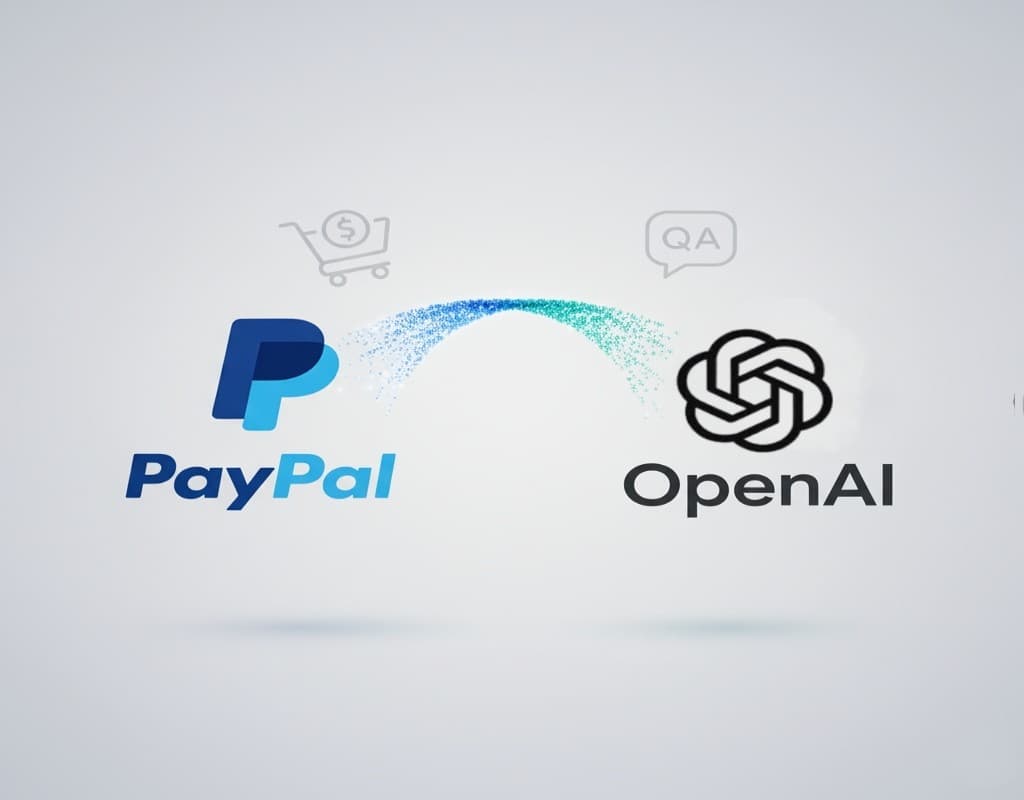
OpenAI Announces Open-Weight AI Model, Rivals DeepSeek
OpenAI has announced its plans to release an open-weight AI model in the coming months, signaling a strategic shift following the success of competing models like DeepSeek’s R1 from China and Meta’s LLaMA models.
CEO Sam Altman confirmed the move on X, stating: “We are excited to introduce a powerful open-weight language model with strong reasoning capabilities soon.”
This decision follows previous comments from Altman, where he acknowledged that OpenAI was “on the wrong side of history” regarding open models.
Why Is OpenAI Moving Toward Open-Weight Models?
Open-weight models allow users to download, modify, and customize them according to their specific needs.
In other words, these models can run on private devices without relying on cloud services.
This provides businesses and organizations with greater flexibility, enabling them to tailor models for specific applications, such as handling sensitive information.
Clement Delangue, co-founder and CEO of Hugging Face, commented on the announcement, saying: “This is fantastic news. Everyone now recognizes the power of open weights.”
Reports indicate that DeepSeek has successfully trained its model at a fraction of the cost required for larger AI models. This could be a key factor influencing OpenAI to develop a more cost-effective alternative.
While open-weight models offer many advantages, they also raise security concerns.
Some researchers warn that such models could be exploited for cyberattacks or even for developing biological or chemical weapons.
In response, Johannes Heidecke, an AI security researcher at OpenAI, reassured that the company will implement strict testing measures to prevent any potential misuse. He emphasized: “We are committed to our safety framework and will not release models that pose catastrophic risks.”
Open-Weight vs. Open-Source Models: What’s the Difference?
There is often confusion between open-weight and open-source AI models, but the difference is significant.
Open-weight models provide access to the core numerical parameters (weights) that define how the model functions and responds.
This allows modifications without requiring a full retraining process. However, these models do not disclose the source code or the training data used.
On the other hand, open-source models go further by making the entire codebase publicly available.
This enables developers to understand how the model was built and modify it with complete freedom.
While Meta has adopted this approach with its LLaMA models, OpenAI remains more cautious, opting to release only open-weight models. This approach offers a degree of transparency without fully exposing the underlying technologies.
OpenAI’s Strategy to Engage Developers
As competition intensifies, OpenAI is looking to attract developers.
The company has recently published an official application official application page where developers can apply for early access to the upcoming model. Additionally, OpenAI has announced upcoming developer events in the next few weeks to showcase the model’s initial capabilities.




